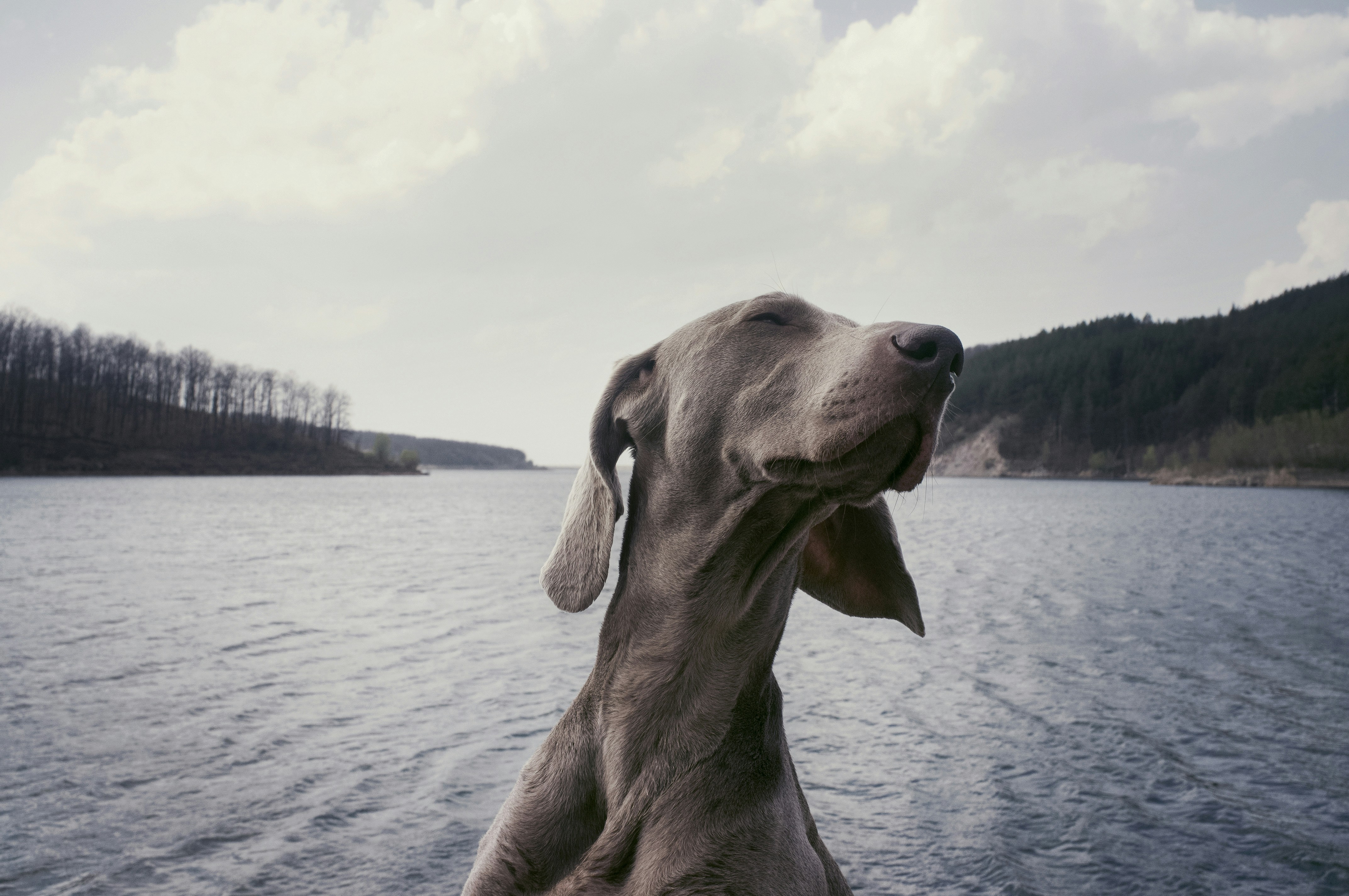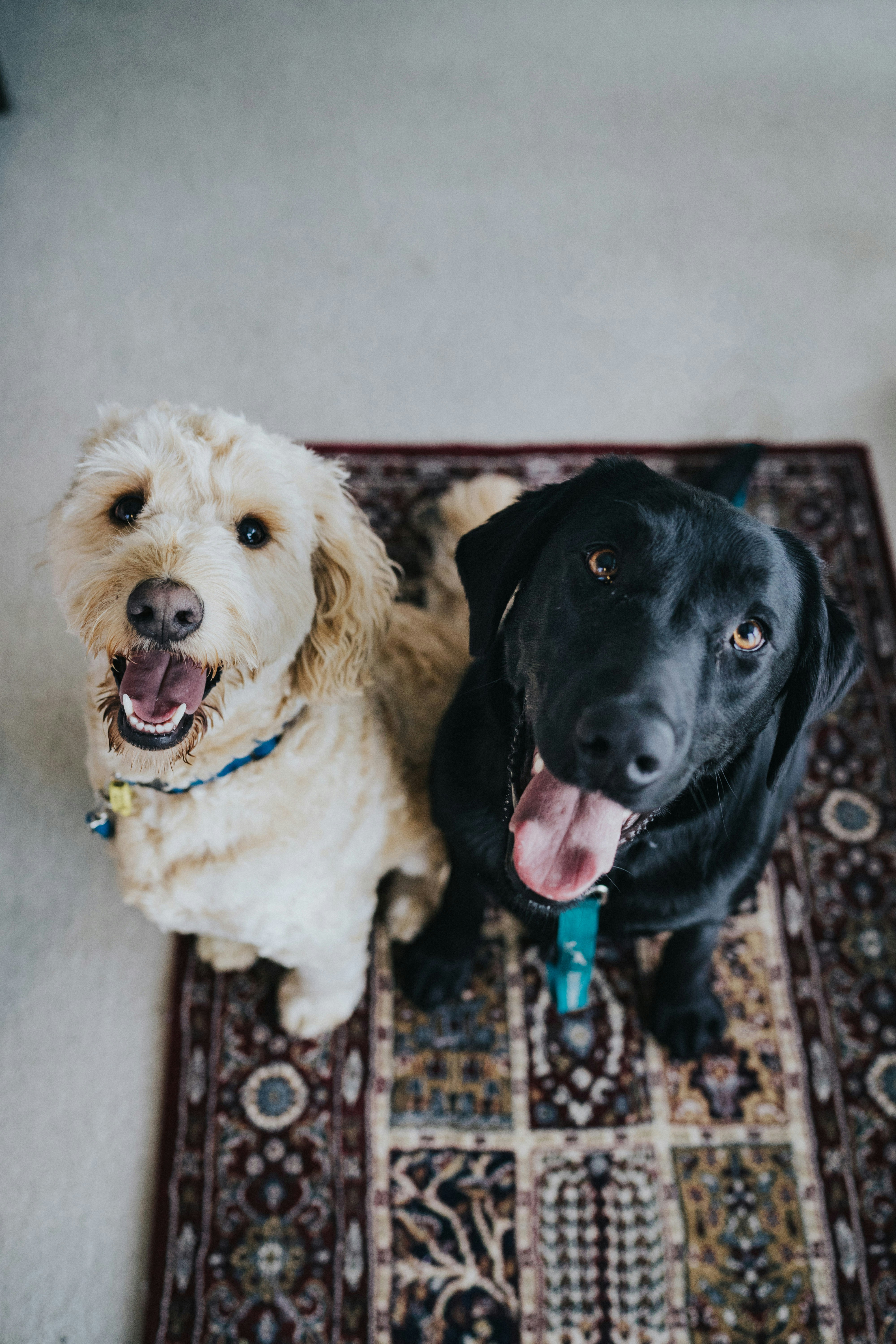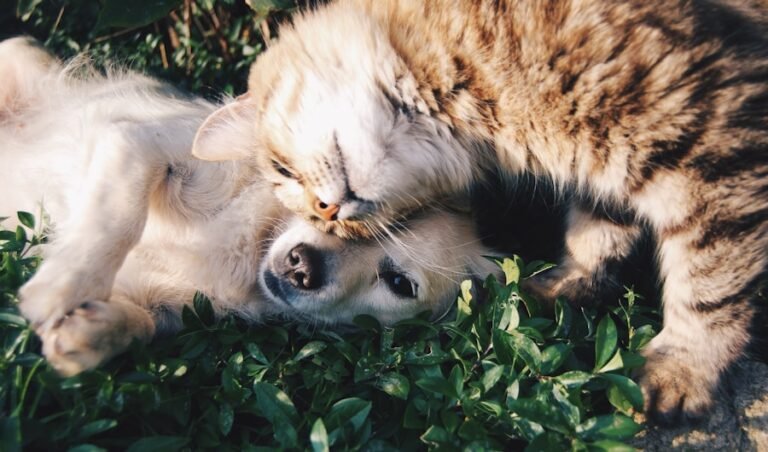Tips for Leash Training a Border Collie
Are you struggling with leash training your energetic Border Collie? Look no further! In this article, we will provide you with practical tips and techniques to make leash training a breeze. From choosing the right equipment to teaching your furry friend basic commands, you’ll be equipped with the knowledge you need to train your Border Collie to walk calmly and confidently on a leash. Say goodbye to pulling and hello to enjoyable walks with your well-behaved companion!
Choosing the Right Leash and Collar
Selecting a Suitable Leash
When it comes to choosing a leash for your Border Collie, there are a few factors to consider. One of the most important considerations is the length of the leash. A shorter leash, typically around 4 to 6 feet, is ideal for leash training as it allows you to have better control over your dog. Additionally, it is important to choose a leash that is comfortable for both you and your Border Collie. Look for a leash that is made from a durable material and has a comfortable handle that is easy to grip.
Considering the Collar Options
Collars come in a variety of types, and it is important to choose one that suits your Border Collie’s needs. One popular option is the traditional flat collar, which is a basic collar made from nylon or leather. This type of collar is suitable for most dogs and can be used during leash training. Another option is a martingale collar, which is designed to tighten slightly when your dog pulls on the leash, providing better control. This type of collar is especially beneficial for dogs that tend to slip out of their collar. Additionally, there are also head collars and harnesses available, which can provide additional control and comfort for your Border Collie.
Preparing for Leash Training
Creating a Comfortable Environment
Before you start leash training your Border Collie, it is important to create a comfortable environment for both you and your dog. Choose a quiet area free from distractions where you can focus on training. Remove any potential hazards such as loose objects or other pets, as this can help minimize distractions and create a safe training space. Creating a positive and calm atmosphere will make the training experience more enjoyable for both you and your Border Collie.
Gathering Essential Training Supplies
In addition to a suitable leash and collar, there are a few other essential training supplies you will need when leash training your Border Collie. Treats are an important tool for positive reinforcement during training, so be sure to have plenty of small, soft treats on hand. You may also find it helpful to have a clicker, which can be used to mark desired behaviors when training. Finally, it can be beneficial to have a toy or two available as a reward for your Border Collie’s successful training sessions.
Establishing Basic Obedience Commands
Teaching ‘Sit’ and ‘Stay’
Before starting leash training, it is important to establish basic obedience commands such as ‘sit’ and ‘stay.’ These commands will serve as building blocks for leash training and help establish boundaries and expectations for your Border Collie. Begin by teaching your dog the ‘sit’ command, using a treat as a lure. Once your dog is consistently responding to the ‘sit’ command, you can then introduce the ‘stay’ command. Start with short durations and gradually increase the time that your dog needs to stay in the sit position.
Introducing ‘Heel’ Command
Once your Border Collie has mastered the ‘sit’ and ‘stay’ commands, you can begin introducing the ‘heel’ command. The ‘heel’ command teaches your dog to walk politely beside you on a loose leash. Start by holding a treat in your hand at your side, and begin walking slowly. Encourage your dog to stay beside you by using the treat as a lure. Reward your Border Collie with praise and treats for walking calmly beside you. Practice this command in different environments to help your dog generalize the behavior.
Desensitizing the Collar and Leash
Gradual Exposure to the Equipment
Some dogs may initially be uncomfortable with wearing a collar and leash, so it is important to desensitize your Border Collie to the equipment before beginning leash training. Start by getting your dog used to the collar by allowing them to sniff it and giving them treats while you hold it. Once your dog is comfortable with the collar, you can then introduce the leash by attaching it to the collar and allowing your dog to drag it around for short periods of time under your supervision. This gradual exposure will help your Border Collie associate the collar and leash with positive experiences.
Positive Reinforcement Techniques
To further desensitize your Border Collie to the collar and leash, it is important to use positive reinforcement techniques. Whenever your dog shows signs of being comfortable with the equipment, such as not trying to remove or chew on the collar or leash, reward them with plenty of praise and treats. By associating positive experiences and rewards with the collar and leash, you can help your Border Collie build a positive association with wearing the equipment, making leash training a more enjoyable experience for both of you.
Starting Out with Short Leash Walks
Getting Acquainted with the Leash
Once your Border Collie is comfortable wearing the collar and leash, it’s time to start with short leash walks. Begin by attaching the leash to your dog’s collar and let them get acquainted with the feeling of being attached to you. Allow your dog to walk around freely, but whenever they start pulling on the leash, gently and calmly guide them back to your side. Do not use force or harsh corrections, as this can create a negative association with the leash. Instead, focus on rewarding your dog for walking near you and giving them verbal praise when they do so.
Frequent Short Walks
When starting leash training, it is important to keep the walks short and frequent. Border Collies have a high energy level and can become easily overwhelmed or bored during long walks. Aim for several short walks a day, gradually increasing the duration as your dog becomes more comfortable and obedient on the leash. These short walks will help your Border Collie build confidence and reinforce positive behaviors. Remember to always reward your dog for good behavior, such as walking calmly beside you or responding to your commands.
Teaching Loose Leash Walking
Using Positive Reinforcement
To teach your Border Collie to walk on a loose leash, positive reinforcement is key. Start by walking with your dog on a short leash, keeping the leash loose. Whenever your dog walks beside you without pulling, reward them with verbal praise and a treat. If your dog begins to pull on the leash, stop walking and wait for them to return to your side. Once they do, resume walking and reward them for the desired behavior. Consistency and patience are important when teaching loose leash walking, as it may take time for your Border Collie to understand and consistently follow this command.
Implementing Directional Changes
Another effective technique for teaching loose leash walking is implementing directional changes. This technique helps your Border Collie pay attention to you and discourages pulling. Start by walking in a straight line, and when your dog begins to pull, quickly change direction and walk in the opposite direction. Be sure to keep the leash loose and reward your dog when they follow you without pulling. These changes in direction will help your dog learn that pulling on the leash does not get them where they want to go and that staying close to you is rewarded.
Dealing with Distractions and Pulling
Working on Focus and Command Response
Distractions and pulling on the leash are common challenges during leash training. To address these issues, it is important to work on improving your Border Collie’s focus and command response. Practice training exercises in different environments with gradually increasing distractions. Start with simple commands such as ‘sit’ and ‘stay’ and gradually progress to more challenging commands. Reward your Border Collie for responding to your commands even in the presence of distractions. Consistent training and positive reinforcement will help your dog develop better focus and response to commands, reducing the tendency to become easily distracted or pull on the leash.
Redirection Techniques
When your Border Collie becomes distracted or starts pulling on the leash, redirection techniques can be helpful in regaining their attention and focus. One effective technique is to use a cue, such as a hand signal or a verbal command, to redirect your dog’s attention back to you. As soon as your dog responds to the cue, reward them with praise and a treat. Additionally, having toys or treats readily available can help redirect your dog’s focus from distractions back to you. With consistent practice and reinforcement, you can gradually reduce your dog’s tendency to become distracted or pull on the leash.
Gradually Increasing Walk Duration
Progressive Increase in Time
As your Border Collie becomes more proficient in loose leash walking, it is important to gradually increase the duration of your walks. Start by adding a few minutes to each walk, gradually building up to longer durations. This progressive increase in time will help your dog build endurance and reinforce their ability to walk on a loose leash for extended periods. Keep in mind that it is still important to provide mental and physical exercise for your Border Collie outside of leash walks to keep them engaged and fulfilled.
Varied Walking Routes
To keep your Border Collie engaged and mentally stimulated during leash walks, it is important to vary your walking routes. Dogs thrive on new experiences and environments, so exploring different neighborhoods, parks, and trails can keep them excited and motivated. Varying the walking routes also provides opportunities for your dog to encounter different distractions, which helps improve their focus and obedience. Remember to continue reinforcing positive behaviors and rewarding your Border Collie for their good behavior during these walks.
Managing Leash Reactivity
Recognizing Behavioral Triggers
Leash reactivity refers to a dog’s strong and reactive behavior while on a leash, typically directed towards other dogs, people, or certain stimuli. It is important to recognize and understand your Border Collie’s specific behavioral triggers to effectively manage leash reactivity. Pay attention to your dog’s body language and reactions when encountering triggers such as other dogs, loud noises, or unfamiliar objects. This awareness can help you anticipate potential reactivity and take appropriate measures to redirect and calm your dog.
Counterconditioning and Desensitization
Counterconditioning and desensitization techniques can be effective in managing leash reactivity in Border Collies. Counterconditioning involves changing your dog’s emotional response to the trigger by associating it with positive experiences. For example, when your dog sees another dog at a distance that triggers reactivity, begin rewarding them with treats and praise for remaining calm and focused. Gradually decrease the distance from the trigger over time, continuing to reward your dog for calm behavior. Desensitization involves gradually exposing your dog to the trigger at an intensity or distance that does not trigger reactivity, and slowly increasing the intensity or proximity over time. Seek guidance from a professional trainer experienced in working with reactive dogs if you need assistance with managing leash reactivity.
Working with a Professional Trainer
Benefits of Professional Guidance
Leash training can be a complex process, and working with a professional trainer can greatly enhance your experience and results. A professional trainer is knowledgeable in canine behavior and training techniques, and they can provide tailored advice and guidance specific to your Border Collie’s needs. They can help you develop a customized training plan, address any challenges or behavioral issues, and provide support throughout the training process. Investing in professional guidance can save you time and frustration while ensuring the best possible outcome for your Border Collie’s leash training journey.
Seeking an Experienced Border Collie Trainer
When seeking a professional trainer for your Border Collie, it is important to find someone with experience working specifically with this breed. Border Collies are intelligent and high-energy dogs, requiring a trainer who understands their unique characteristics and training requirements. Look for trainers who have a background or specialization in herding or working dog breeds, as they will likely have the necessary expertise to effectively train your Border Collie. Additionally, ask for recommendations from other Border Collie owners or local dog enthusiasts to find a reputable trainer in your area.
In conclusion, leash training a Border Collie requires patience, consistency, and positive reinforcement. By choosing the right leash and collar, creating a comfortable environment, and establishing basic obedience commands, you can lay a solid foundation for successful leash training. Desensitizing your dog to the collar and leash, starting with short leash walks, and teaching loose leash walking are important steps in the training process. Dealing with distractions and potential leash reactivity requires focus, redirection, and gradual exposure. Gradually increasing walk duration and seeking professional guidance when needed can further enhance the training experience. With dedication and the right approach, you can enjoy enjoyable and rewarding walks with your well-behaved Border Collie.











